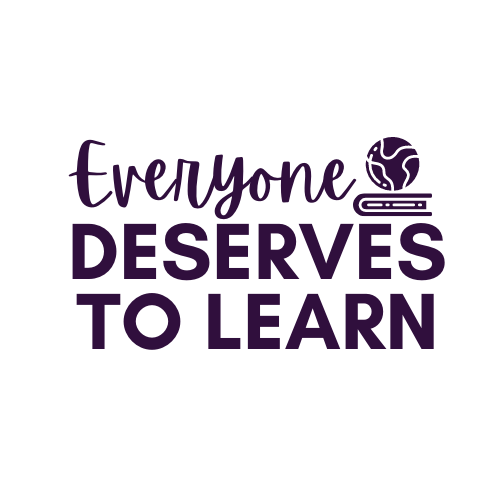Vertical Articulation Model for Elementary and Middle School
What is the best time of year for vertical articulation? In my opinion, ALL times of year are good times for vertical articulation. Consistent and frequent communication among grade levels ensures that the student transition from one level to the next is as smooth as it can be. If you’re planning vertical articulation for your middle school or elementary school, try the “3-In 3-Out” model. It’s a fast and simple way to keep all staff engaged on on the same page when it comes to expectations. One of the major complaints we have as school leaders is finding the time. I’m here to tell you that even if you have one hour of time, you can do vertical articulation. Here’s how!
The model shared below was used for staff in a PreK-6 setting. This model can clearly be adapted for various content areas or grade levels. Two grade levels met at a time. Only one grade level spoke initially- the other grade level listened and took notes. The speaking grade level spoke for 10-15 minutes, after which the listening grade level asked questions, and the articulation turned into an open discussion. The important piece here is to make sure that grade levels have the opportunity to meet with their peers above and below them.
We found that a 30 minute time frame, executed twice or three times a year, worked well for our staff. Faculty was able to stay on task and on topic, and doing this multiple times a year allowed for more timely discussion of issues that were present across grade levels. If you’re looking for another example of the In and Out model, Caitlyn Tucker has a 5-in 5-out articulation simulation, which you can see here.
How might you adapt this model for your own school?

